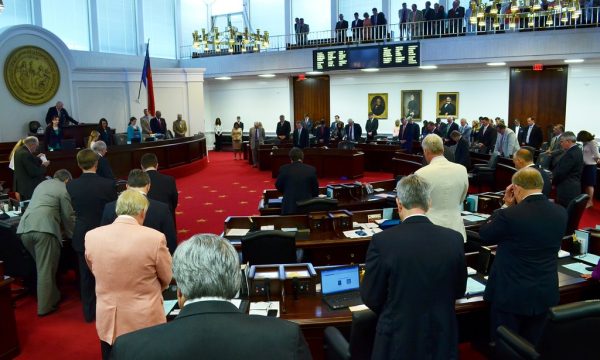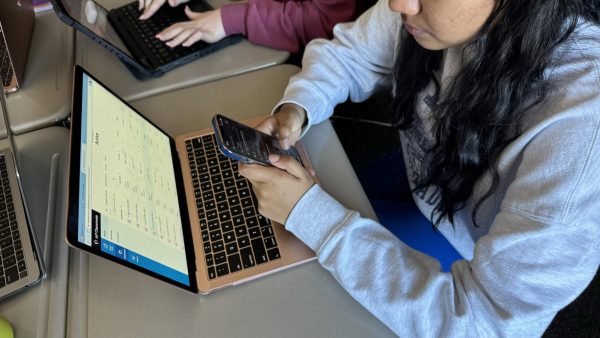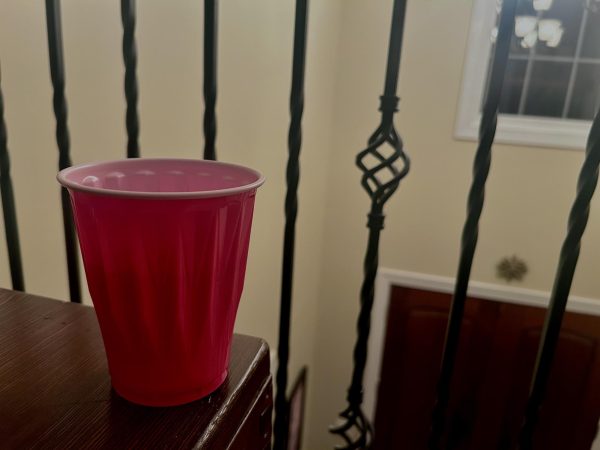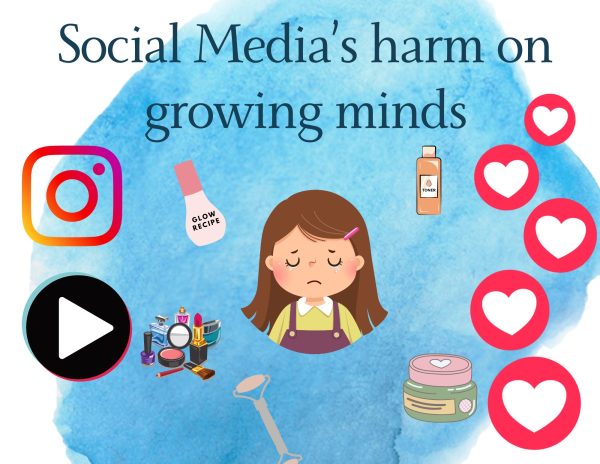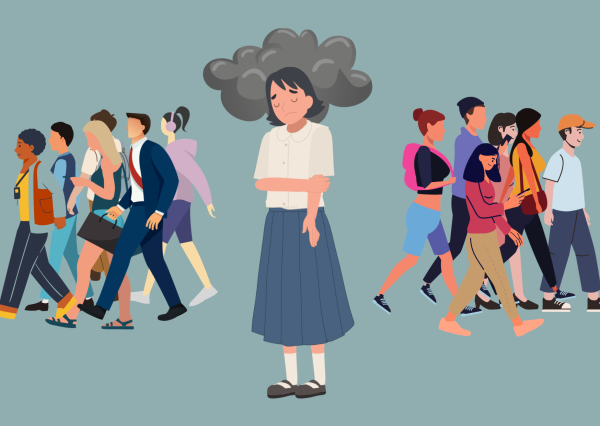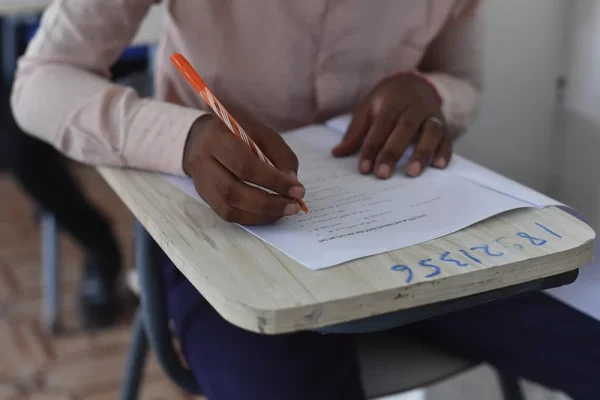Drawing a line between a prank and a hate crime
As students start to settle into the new school year, there’s an undercurrent of emotion that runs through the halls. Opposing opinions of the 2017 senior class prank clash, but one thing was clear: hanging a brown bear by a noose from the top of the school was an uncomical offensive crime.
On the morning of May 30, after two previous senior pranks the week before, a third followed. As students arrived on campus they witnessed a brown Santa bear hanging by a noose from the top of the school alongside a banner declaring,‘‘Make Wakefield Tripp Again #SMARTlunch.’’ As the school went into an uproar, students didn’t know how to react. By fourth period a student forum was put together, the police were called and a week later, four seniors were charged.
What may have started out as a senior prank had gone terribly wrong. The prank was, plain and simple, considered a hate crime by many, while others continued to justify and explain the senior’s actions. Those involved told ABC11 News that the prank was a mistake and claim that they hadn’t meant for it to be racist. While that may be true, and whatever their intention really was, the incident still happened. An incident that was hurtful at best, racially offensive at worst. In the midst of a yearning for the best prank, one assumes they didn’t think of the consequences nor the impact the “prank” would have on the community. They walked away with merely a slap on the wrist with trespassing and damage to property misdemeanors. Yet the fact an idea such as that had even crossed their minds, and they didn’t believe it to be racist, is a problem in of itself. They should be held responsible regardless of what thoughts were running through their heads at the time.
A hate crime, defined by the FBI, is a “criminal offense against a person or property motivated in whole or in part by an offender’s bias against a race, religion, disability, sexual orientation, ethnicity, gender, or gender identity.” A majority of the students agree on the fact that the “prank” falls under what a hate crime is described as. Other students claim, that since the convicted four hadn’t meant for it to be racially directed, they shouldn’t suffer the harsh consequences. This is what has been done in the majority of similar hate crime cases. Some media outlets focus on the psychology of the perpetrators, rather than looking at the overall crime and impact it had on the community. Society starts saying that “he was sick”, or “they’re mentally challenged,” as if that gives the perpetrators a free pass. The point of discussion is what they did, not why or what pushed them to do so. We need stop looking at hate crimes with the question of “why” but instead at what they’ve done. Just because the seniors say they hadn’t had the intention of the prank being race related, it should not allow us to overlook their crime.
In a 2016 report published by the FBI, there was a 15% increase in hate crimes in North Carolina from 2014 to 2015. Additionally, according to the Southern Poverty Law Center, there have been more than 300 hate crimes, harassment cases and intimidation cases nationwide since Election Day. With President Donald Trump’s inflammatory speech targeting many minorities and recent terrorist attacks, racial tensions are high in the United States.
Some students may believe this doesn’t impact them, but as students become young adults these statistics should be alarming, especially if incidents like the senior prank are happening at our school. It’s both scary and distressing that students in an academic setting must deal with events like this “prank” on campus. Some students can play this off as a joke, but jokes of this nature are not funny.
They should not be taken lightly, nor should they be ignored as that only fuels the divisions between students.
When looking at the bigger picture, it becomes clear just how disturbing this incident was. A noose symbolizes death, add in the black bear and things get darker. Taking into account African American struggles in the United States, specifically during the Civil Rights era when many African Americans were lynched, how can one find any humor in this “prank”?
The New York Times published a chilling article in July, in which it reveals similar incidents. From museums to universities and even to the United States Mint, nooses have been found in relation to the horrors that many African American’s faces. What was further saddening, was discovering that Wakefield’s “prank”, of many incidents listed in the article, was specifically addressed.
Lessons should be learned from the senior prank. Race, especially today, is nothing to joke or prank about. There is a limit to how far pranks can go before they are deemed a hate crime. This incident should not be simply forgotten and thrown under the rug. Rather, this unfortunate incident should serve to initiate more conversations and understanding between students, faculty, and staff on the topics we seemingly ignore. Currently, the school is looked upon as a black sheep around the nation. We should instead be painting a positive view of our school, participating in programs like the Positivity Project which teaches freshmen how to apply character traits to the real world–but simply staying quiet doesn’t help that notion. With that said, before another incident such as this one occurs, we as a school, as a community, need to continue the conversation we left off back in the auditorium at the student forum in May.
Your turn: What should we be doing now to grow and unite as a community and better understand ourselves as humans and as students? What is more important when determining punishments: the intentions of the accused or the impact their crime created?




